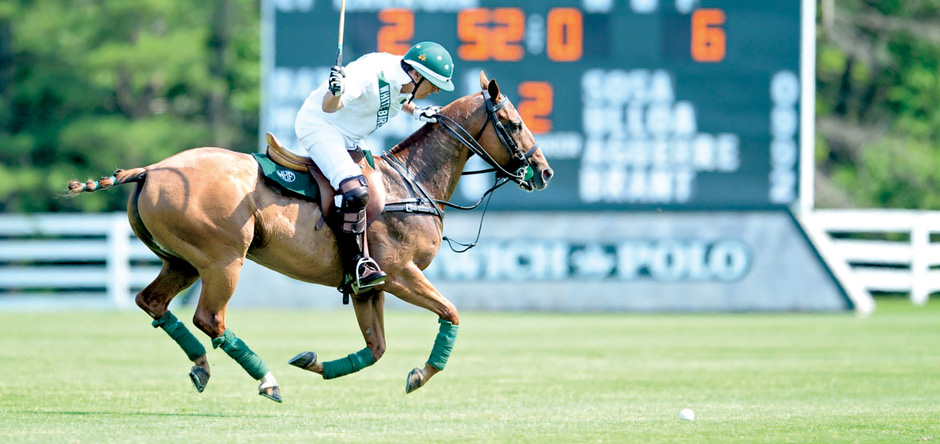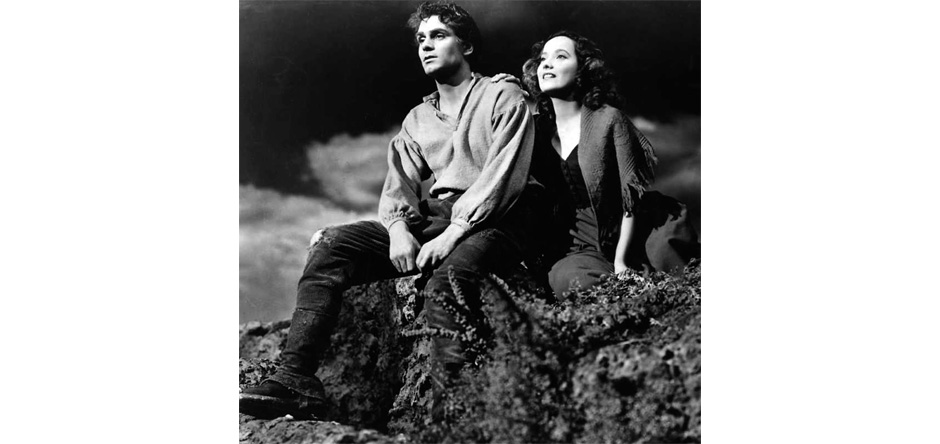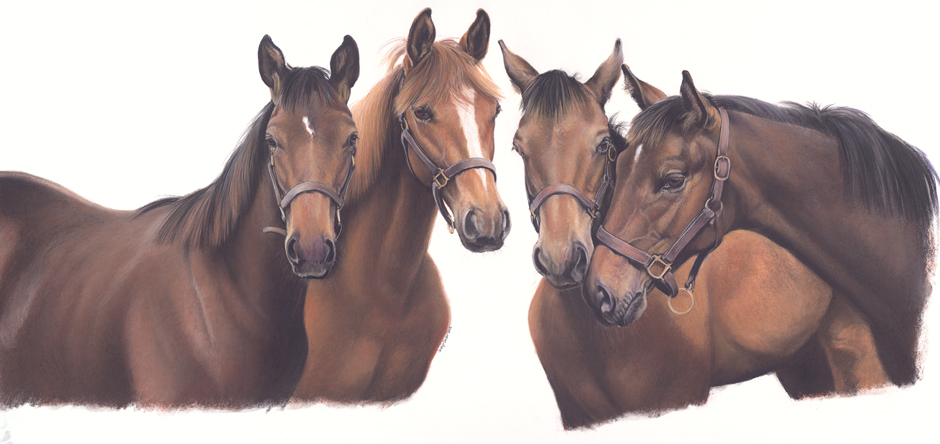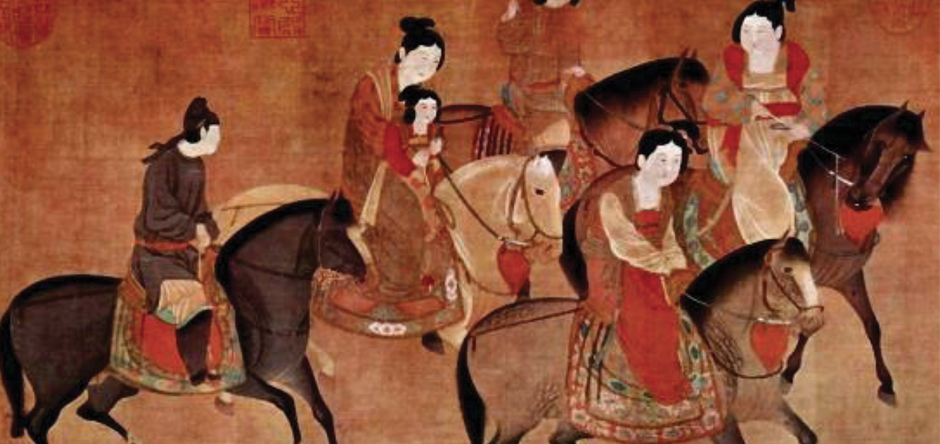The entrepreneurial Peter Brant is many things — a manufacturer (as chairman and CEO of White Birch Paper); real estate developer (Conyers Farm in Greenwich and North Castle); publisher (The Magazine Antiques, Art in America, Interview and MODERN Magazine); philanthropist (The Brant Foundation Inc. and The Brant Foundation Art Study Center); art collector; film producer (“Basquiat,” “Pollock,” “The Homesman,” with avid polo player Tommy Lee Jones) and one thing more.
The Greenwich resident is a lover of horses — has been since he was a child when he learned to ride. A meeting with polo legend Tommy Glynn at the Fairfield Hunt Club in the 1970s would introduce him to the world of polo where he would become not only the top amateur player in the 1980s but a patrón, founding the White Birch Polo team in 1979. To date White Birch has won 31 championships/tournaments at the 26-goal level or above. In 1981, he established the Greenwich Polo Club.
Brant is also co-founder of the Bridgehampton Polo Club, where he continues to play; a member of the International Polo Club Palm Beach in Palm Beach; and a former member of the Palm Beach Polo and Country Club in Wellington, Fla., home of the winter circuit.
He’s the co-founder of the Windsor Polo Club in Vero Beach, Fla., and founder of the Saratoga Polo Association in Saratoga Springs, N.Y. So is it any wonder that he was named the sport’s MVP in 1986?
But Brant’s love of horses and thirst for accomplishment extend beyond polo to the world of horse racing. He was the breeder and owner of Gulch, winner of the Breeder’s Cup Sprint in 1988 and co-owner of Swale, the 1984 Kentucky Derby winner. Brant holds the distinction of being the only breeder in Derby history to have bred a Derby winner along with his sire and dam — Thunder Gulch in 1995.
Naturally, when WAG caught up with him, Brant was on horseback in Florida. We’re delighted he paused long enough to consider our questions about his love of all things equestrian:
We know you have always loved horses. What is your earliest memory of them?
“My earliest memory of horses is when I went to camp in New Hampshire as a kid and learned how to ride. I also did some riding at college in Colorado and have really been riding ever since then. I seriously started playing polo at the age of 28.”
In the 1970s, you met polo legend Tommy Glynn at the Fairfield Hunt Club. How did he foster your interest in the game?
“I had a long association with his daughter — Sandy Glynn, she trained racehorses — and Tommy was also friends with another great horse trainer I knew, Allen Jerkens. Tommy was involved with polo when they played at the (Park Avenue) Armory in New York City before and after World War II. I met him and he came to Greenwich to manage Greenwich Polo Club. He helped advise me at the beginning of my polo career and the start of Greenwich Polo Club. He taught me how to play indoors and introduced me to other polo players and was a great influence on me and a wonderful man. He worked for me until he was in his 90s.”
I’ve seen you with the No. 4 jersey on at Greenwich Polo. No. 4 is a defensive position. Have you always played that position?
“When I first started playing, I played in the No. 1 position. Then I played back in the No. 4 position. I’ve played all the positions at one point or another, but the defensive position is where I had the most success and reached a 7-goal handicap. The No. 4 position defends the goal and stays with the attacker of the other team and tries to stop him.”
It must be particularly satisfying for you to have a hand in developing so many great players like Mariano Aguerre, who told me he was born at Greenwich Polo. He’s a very humorous man. What’s your relationship like?
“I’ve played with Mariano since he was 16 and zero goals — and he’s now 45 and at 9 goals. We’ve always played on the same team and we’re very close friends. Mariano and I can spend hours just talking about horses and strategy and organizing the team. He’s the captain and we plan everything together with Nick Manifold, who manages the team year-round. We were all having lunch today and we were trying to figure out how many tournaments we’ve won and it’s just been an amazing successful run that we hope will continue for many years to come. Winning the World Cup in the ’90s with Mariano sticks out as a great memory.”
You’ve also broadened the sport’s appeal with charity events, international moments such as the Sentebale Royal Salute Polo Cup match with Prince Harry and now with your second televised match. Has polo had an unfair rep as being elitist?
“I think if you see the circuit of play around the world — England, Argentina, France, etc. — people love the game because it’s beautiful, competitive and has so many different facets. I don’t see it as elitist. It’s a great sport to watch and to play. The serious players come from all walks of life and the common denominator is they are all very competitive. “
We had the pleasure of seeing Dawn Jones take the MVP trophy in the Sentebale match. How would you assess the quality and quantity of women in polo today?
“Dawn is a very good polo player and she works at it very hard and is a terrific example of someone who takes the game seriously, like her husband (Tommy Lee Jones). They are both great people who love horses and love the sport. Women can play in high-goal polo and we’d welcome more female players at GPC. If you can control the horse and hit the ball, you can be very effective — whether you are a woman or a man.”
Not only are you deeply involved in polo but you’ve had success in horse racing as well. How do the challenges in that sport differ from those of polo, particularly when it comes to the horses themselves?
“I think any great horse requires the same sort of combination of things — good bloodlines, raising and training them is extremely important, how you feed them, etc. For both polo and horse racing, it really is a team effort.”
Your wife, supermodel Stephanie Seymour Brant, is always a gracious addition to the big matches, such as last year’s finale at Greenwich Polo. Does your family share your passion for polo or perhaps other equestrian sports?
“I think my family all enjoy polo and come out to watch when they can. Four of my sons have played polo but right now don’t have enough time to play regularly. My son Chris is getting into it more and more, and I’m hoping he may play this summer at Greenwich Polo Club.”
Your multifaceted career embraces sports, publishing, art collecting , filmmaking and philanthropy. What has polo taught you about your day jobs, so to speak?
“I think it requires sharing successes and failures with your team and it makes you more humble. You can’t do it on your own. You also have to get very involved to be good at it and that’s the same with business.”
If you could play on a polo team with any three people in history — regardless of whether or not they were actual players — whom would you select?
“Well, of course, Mariano Aguerre is on my dream team. I’d also pick Gonzalo Pieres, Facundo Pieres (who has played at Greenwich Polo Club) and Hilario Ulloa, he’s really great, too, and playing on White Birch now. Really, there are just too many great players to choose from.”





